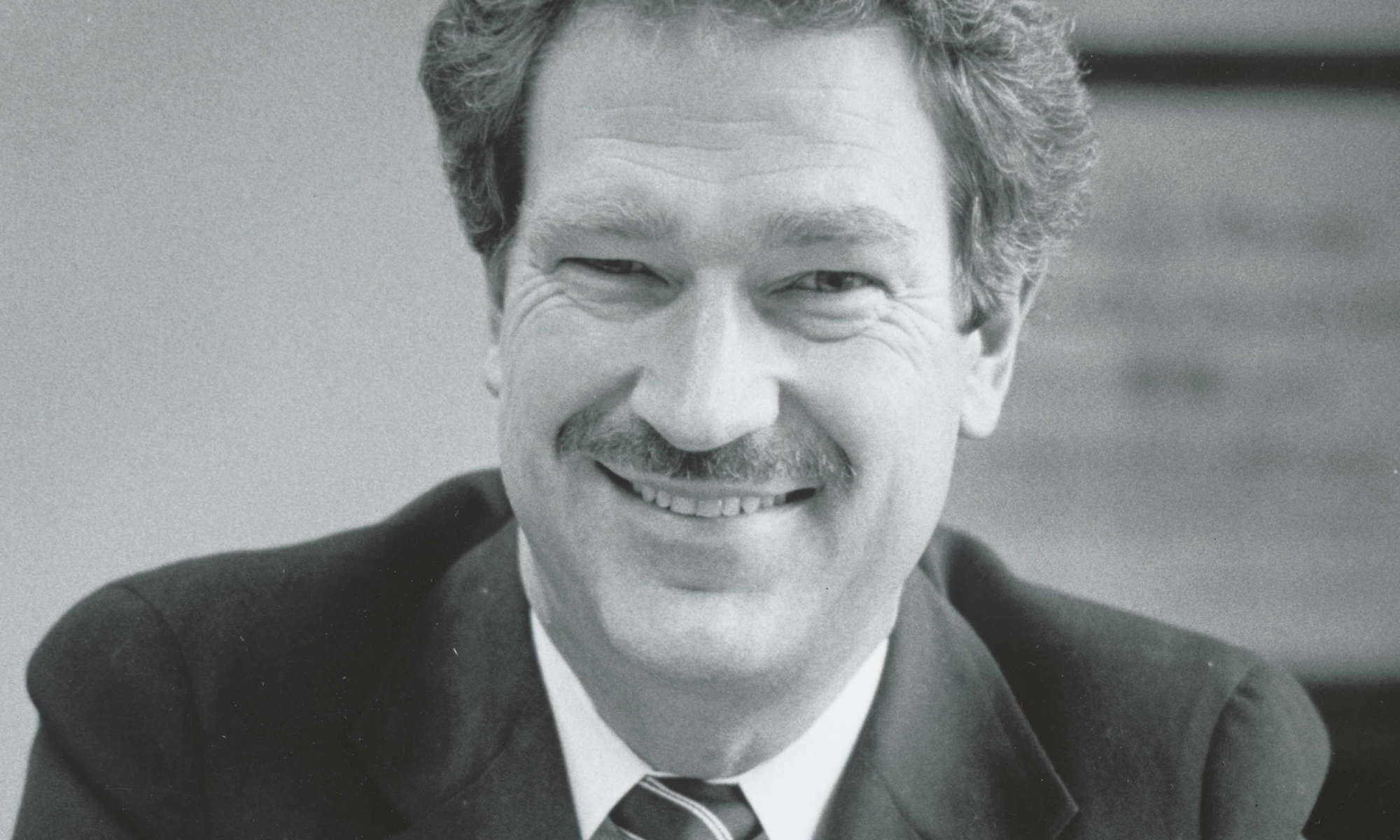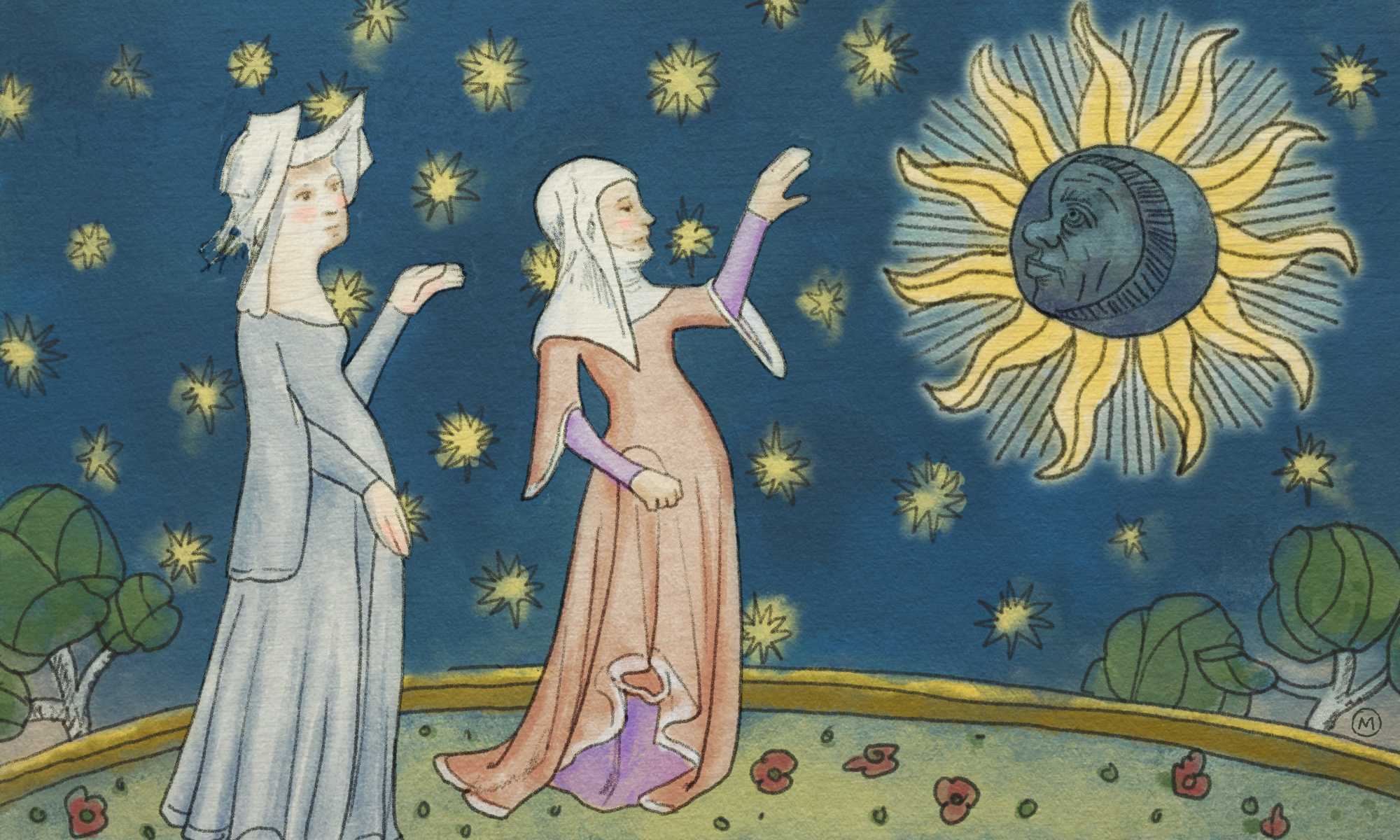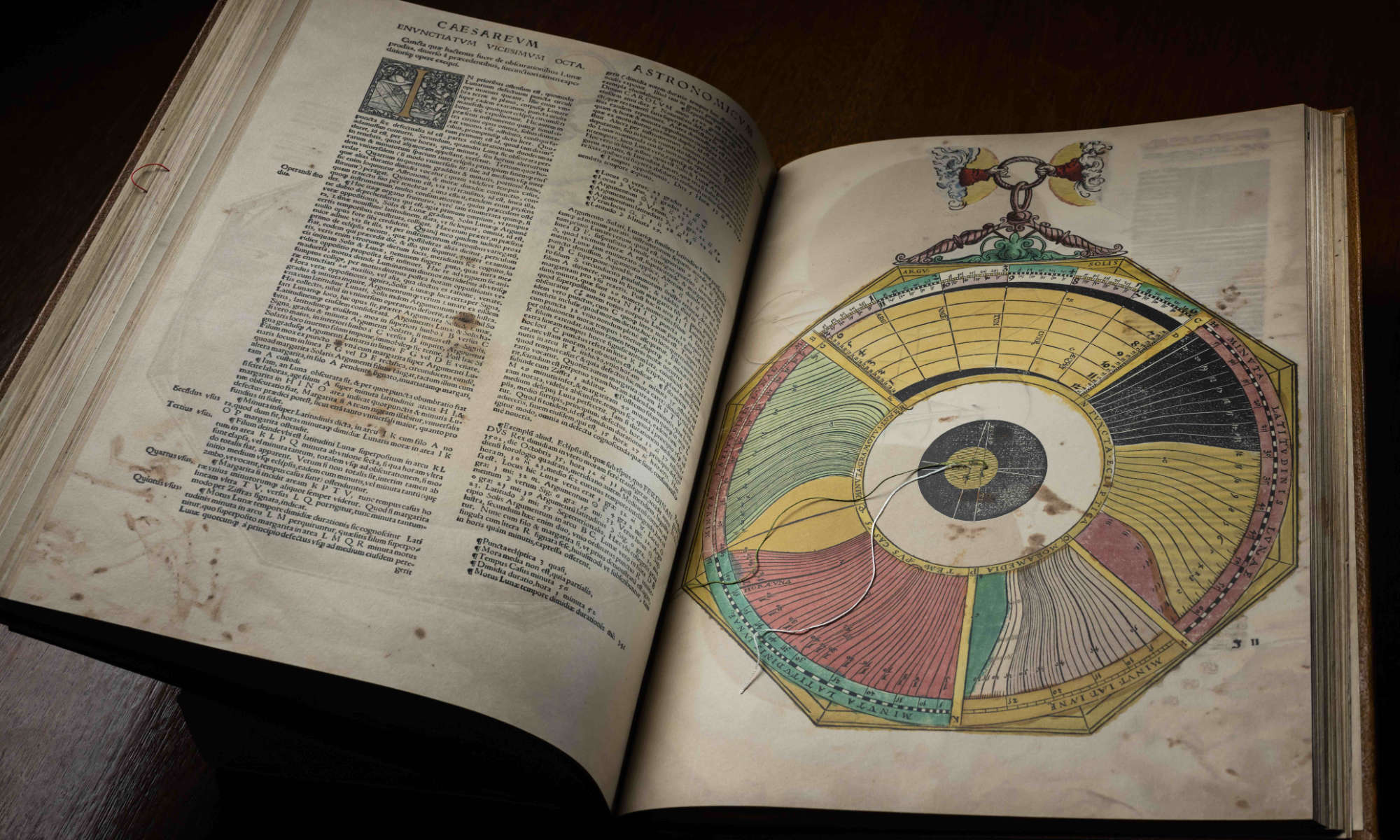If you look at social media, or just simply read, watch, or listen to the news, it’s easy to get the sense that America is more polarized than ever.
Is it just politics, or is there a broader issue to consider? In one recent and recognizable example, when students from Covington, Kentucky—many of whom were wearing Make America Great Again hats—were recorded in what looked to many like a standoff confrontation with a Native American elder, the video went viral. When new video of the moments leading up to the incident emerged, many argued the additional footage offered context that complicated the original story, and both social and mainstream media were rebuked for what seemed to be a rush to judgement.
In a recent episode of the University of Rochester’s Quadcast podcast, Joan Saab, vice provost of academic affairs and the Susan B. Anthony Professor of Art History and Visual and Cultural Studies; David Primo, the Ani and Mark Gabrellian Professor and associate professor of political science and business administration; and Kevin Meuwissen, associate professor at the Warner School of Education sat down with University Communications to discuss how we bridge America’s social and political divide. An edited version of that conversation follows.
Jim Ver Steeg: How did we get to this moment of heated rhetoric in our social and political landscape? Is this something new or have we seen it before? Can we move beyond it and reach a compromise?
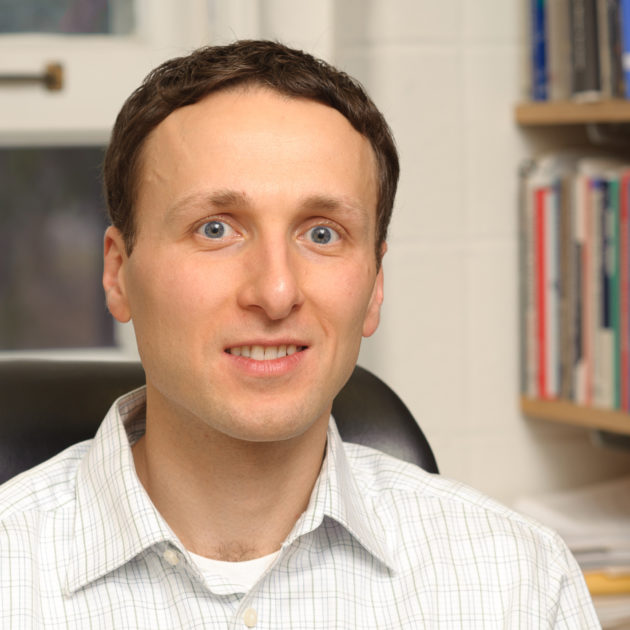
David Primo: We have seen this before. A famous Civil War historian recently said in an interview that if we really understood what was happening in previous eras, we wouldn’t be so concerned with what’s going on right now.
But I want to push back a little bit on this idea that polarization is necessarily problematic. It’s when polarization becomes destabilizing that it’s problematic. I also think we need to be careful about thinking that compromise is always better than not compromising. You can have a compromise that leads to pretty bad public policies. So, compromise can itself sometimes be overrated.
When we think about political polarization, it really comes down to why we care about it. Is it the policy outcomes we’re getting or not getting? Is it because we fear that the country isn’t functioning? Or are we concerned about how we go about being citizens? I think we’re fundamentally divided as a country because we have different political preferences, and that’s okay. The key is when it becomes destabilizing or we’re unable to have conversations.
There are studies showing that people would be hesitant to marry somebody of the opposite political party. And that’s the sense in which we’ve become more polarized, and we’ve become more sorted. We don’t actually interact with people who are different. That plays out in universities as well.
JVS: What are the challenges to civil and civic discourse? How do they play out on campus and what can the University do to help students become skilled in having these conversations?
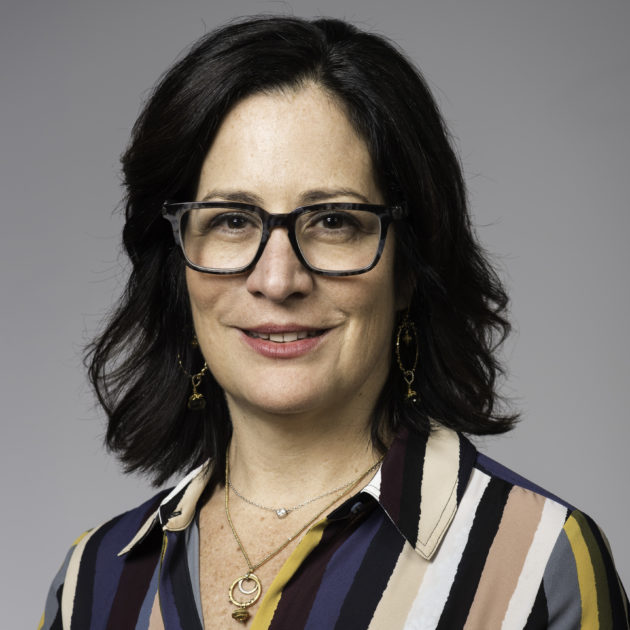
Joan Saab: I’d like to think that’s exactly the reason we have higher education or liberal arts education. It’s a forum—at least in humanities and social sciences classes—to create spaces for the exchange of ideas and lively debate. At the University of Rochester we do this in the Humanities Center. This year’s theme is “expertise,” which I think is crucial at this particular moment. There is this idea that everybody has an opinion and every opinion is valid, but that’s not always true. Sometimes people are right and other people are wrong. But how to come together in an engaged and informed and respectful conversation where experts can say, “No, that’s not exactly what happened,” or, “Perhaps that’s one way of looking at it, but why don’t we try to look at it from this other avenue”? We do that at universities.
Warner School of Education here has a number of public outreach programs in the community through K-12 schools. The Eastman School of Music does this as well with their community music school. And the Memorial Art Gallery (MAG), which is a part of the university, does a lot around public debate and public discourse.
I’m often at MAG where there is now a media arts program with video art installations. I can’t tell you how many times I’ve stood outside of the media arts gallery and heard somebody say, “What the heck is that?” And the next moment is the crucial moment because they have to engage with the art and they have to understand why is this in a museum. What is it allowing people to do or engage with? It’s the listening component and the processing that is so important. You might still not like the art, but it’s not always about liking. It’s about understanding and tolerating, and then taking those lessons and applying them to other things. Universities provide a forum for people to think about what’s at stake.
JVS: How we inspire civil civic discourse, particularly in young people, is especially important for us in higher education. How do we think about what we saw with the students from Covington, Kentucky?
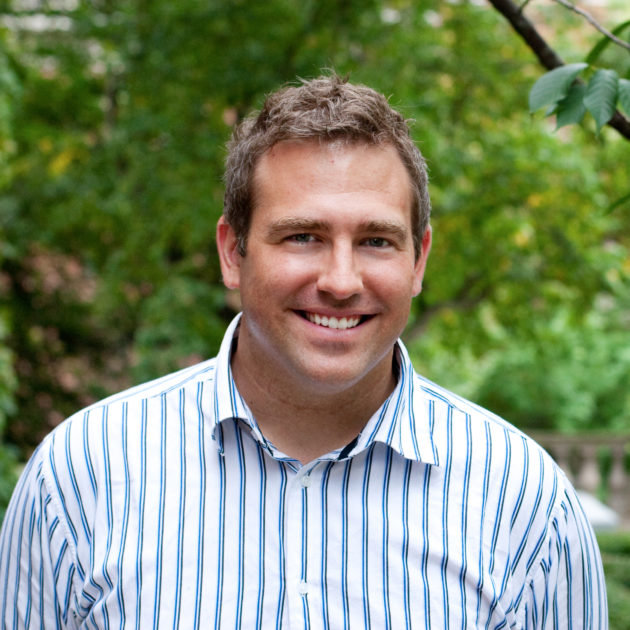
Kevin Meuwissen: My interpretation of the students in the video wasn’t that they have really strong political beliefs, but that they’re probably relying on some strong “political shortcuts” that make it unnecessary to think hard about their positions on political issues. What I mean by “political shortcuts” are the social and cognitive tools and processes that stand in for deeper understanding of problems. For example, political party is a shortcut, as are the political elites we choose to trust and affiliated cultural groups. I think one of the things that we can do to help young people engage better in politics is to help them understand how “political shortcuts” work.
I also think we can better understand the development of young people’s social and political affiliations by actually engaging with them in circumstances in which that development happens, and not just looking at the interactions that they’re having around issues on the ground. If we can link their on-the-ground political discourse with a 10,000-foot view of how people do politics with each other and why, we can help students become more cognitive about the process.
JVS: How can higher education help with that? How can colleges and universities impart this notion of greater civil civic discourse to people who might not have the benefit of higher education?
JS: I think that the university as an entity, and the University of Rochester in particular, need to engage with members of the community outside of the classroom. We need to be public intellectuals. And we need to not just limit what we’re doing to our professional lives, but model it in our daily behavior as well. I’m not saying when you’re at the checkout line at Wegmans to give a lecture in response to the headlines in The National Enquirer. But when we have an opportunity, like speaking to a group of high school students, we need to bring knowledge and to model civil discourse. That’s the benefit of being in a liberal arts education. You engage other people’s ideas all the time in a respectful way.
In the news
How can colleges and universities help students bridge the political divide?
WXXI Connections, March 12, 2019
KM: One thing that is really important is political trust, which requires engaging regularly and consistently with people. How do you build the trust necessary to engage in politics? I’m also curious about productive politics versus destructive politics and how you tell one versus the other. How you find the needle in the haystack—productive political opportunities—among all of the potentially destructive things? I think those are open questions for me.
DP: One challenge is that Americans are not particularly interested in this sort of dialogue and discourse. It’s not that they’re being destructive; it’s just that they don’t care to talk about it—or they’re so busy trying to make ends meet, focus on family, that politics is just not a priority. Getting this to the top of the priority list is going to be a challenge. That’s where I think society’s elites come in, because the elites are the ones who are the big problem. They are the ones who have become extraordinarily polarized. That’s a good place to start because hopefully it can set the tone for the rest of society. I also think that viewpoint diversity is one piece that’s been missing, especially in universities. But just interacting with people who are different than you is a good place to start.

